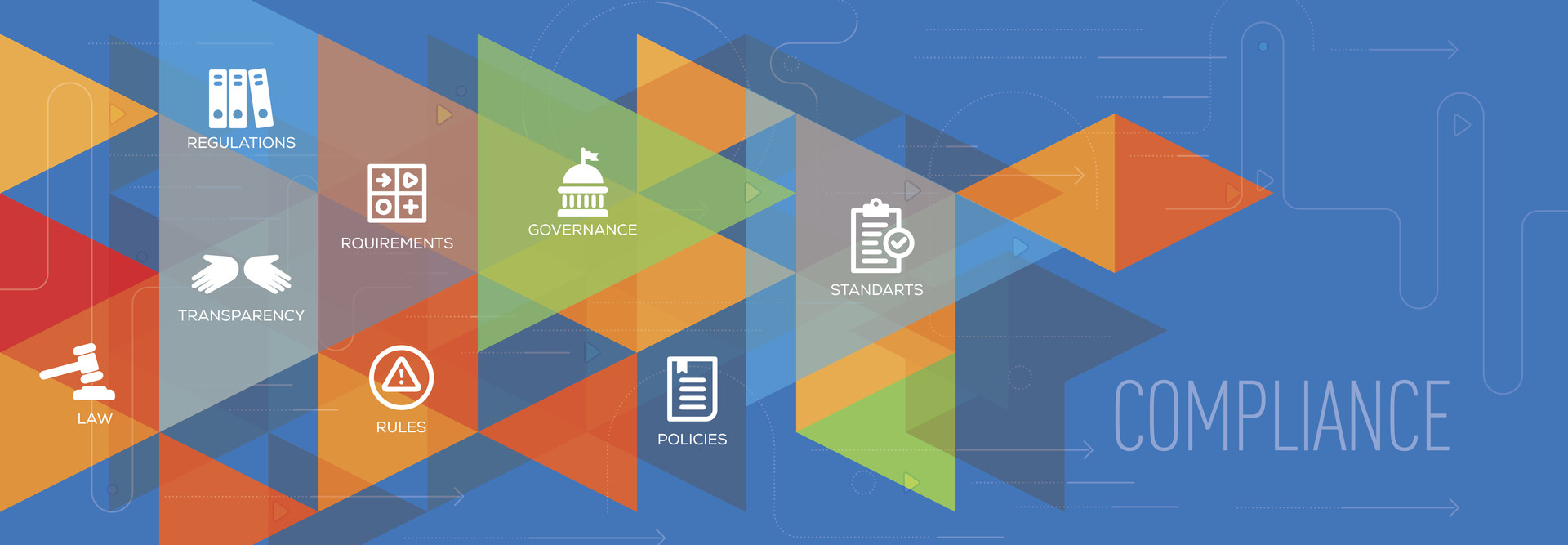Financial services firms have more regulations and compliance concerns to navigate than companies in any other industry. This is because any financial action carries inherent risk, and investors need protection against mismanagement, fraud and cyberattacks. The Securities and Exchange Commission regulates the markets to ensure overall stability, but banks also need to comply with a host of overlapping laws and regulations, such as the Sarbanes-Oxley Act (SOX), Gramm-Leach-Bliley Act (GLBA) and the Payment Card Industry Data Security Standard (PCI DSS). If banks are doing business in the state of New York, they must also adhere to Title 23 of the New York Codes, Rules and Regulations, Part 500 (23 NYCRR 500).
Compliance is closely tied to cybersecurity and privacy issues. Banks are “300 times more likely to be targeted by a cyber-attack, with the average cost of a breach in that sector topping $5.97 million,” according to a report by Arctic Wolf.
As a result, IT leaders are allocating more resources toward compliance to gain a better understanding of the regulatory landscape. In fact, Gartner predicts “legal and compliance department investment in governance, risk, and compliance tools will increase 50 percent by 2026.”
Here is a short guide that financial organizations can follow to stay on top of their compliance efforts.
Click the banner below to learn how to optimize compliance in your business.
Understanding the Regulatory Landscape
The first step to compliance is understanding the regulations. In other words, know the law so you can obey it. This can be a daunting process, as regulations will vary by company based on location, business size, the type of financial services the organization provides and more.
It’s also prudent to understand the consequences of noncompliance. Offenders may be subject to myriad consequences including reputational damage, criminal liabilities and lofty fines that can cripple an organization.
For instance, a bank in France may be subject to the General Data Protections Regulation (GDPR) for data privacy, an organization in California may be subject to SOX for financial reporting in the U.S., and an international corporation may be subject to both. Companies need to consult with their legal teams and do the research.
RELATED: The financial solutions and services that fuel success.
Implement Robust Data Governance
Understanding the regulations is one thing; staying compliant with them is another. That’s where data governance comes in.
Effective data governance is key to ensuring that financial data is accurate, accessible and secure. So, whether IT teams are leveraging Amazon Web Services for cloud deployment or predictive analytics for financial forecasting, banks need to establish clear policies and procedures for data management, including data collection, storage, processing and deletion. This is particularly important when IT leaders are integrating artificial intelligence into the mix.
“Data governance serves as the cornerstone for responsible, ethical, secure and effective data utilization within AI systems,” writes Wendi O’Neill, senior director for the CDW data and analytics presales team. “Safeguarding data quality, integrity and compliance significantly enhances AI models’ efficiency and precision.”
Perform Regular Audits and Continuous Monitoring
Companies should view compliance as an ongoing priority, performing regular audits and continuous monitoring so they have as robust a security posture as possible.
Regular audits — alongside maturity assessments — help ensure that financial processes and data handling practices comply with the relevant regulations. A proactive approach to financial compliance also helps identify and remediate threats before they worsen.
DIG DEEPER: Get all the details on the NYDFS cybersecurity and compliance regulations.
Leverage Automaton Tools to Support Compliance
Fortunately, IT teams don’t have to enforce financial compliance manually. They can, and should, leverage technology to help them get there. With options such as Security as Code and Policy as Code, teams can use automation to monitor policies and enforce compliance.
IT leaders can also explore compliance management software solutions, offered by Cisco, ServiceNow and CDW. This software can manage compliance documents and ensure that any core deadlines for local and federal laws are met.
UP NEXT: Artificial intelligence helps financial services mitigate risk.
Invest in Data Security and Encryption Tools
Investing in encrypted software solutions that protect data privacy and security (for both customers and business employees) is also crucial. These solutions, including offerings from IBM (Guardium), Check Point and Trend Micro, can provide a wealth of security options and protect financial information from unauthorized access and breaches. Plus, these tools can help with regular system audits and risk assessments.
Data security and encryption tools are pivotal to ensuring financial compliance across operations. These tech tools also ensure that any relevant information hasn’t been compromised.












